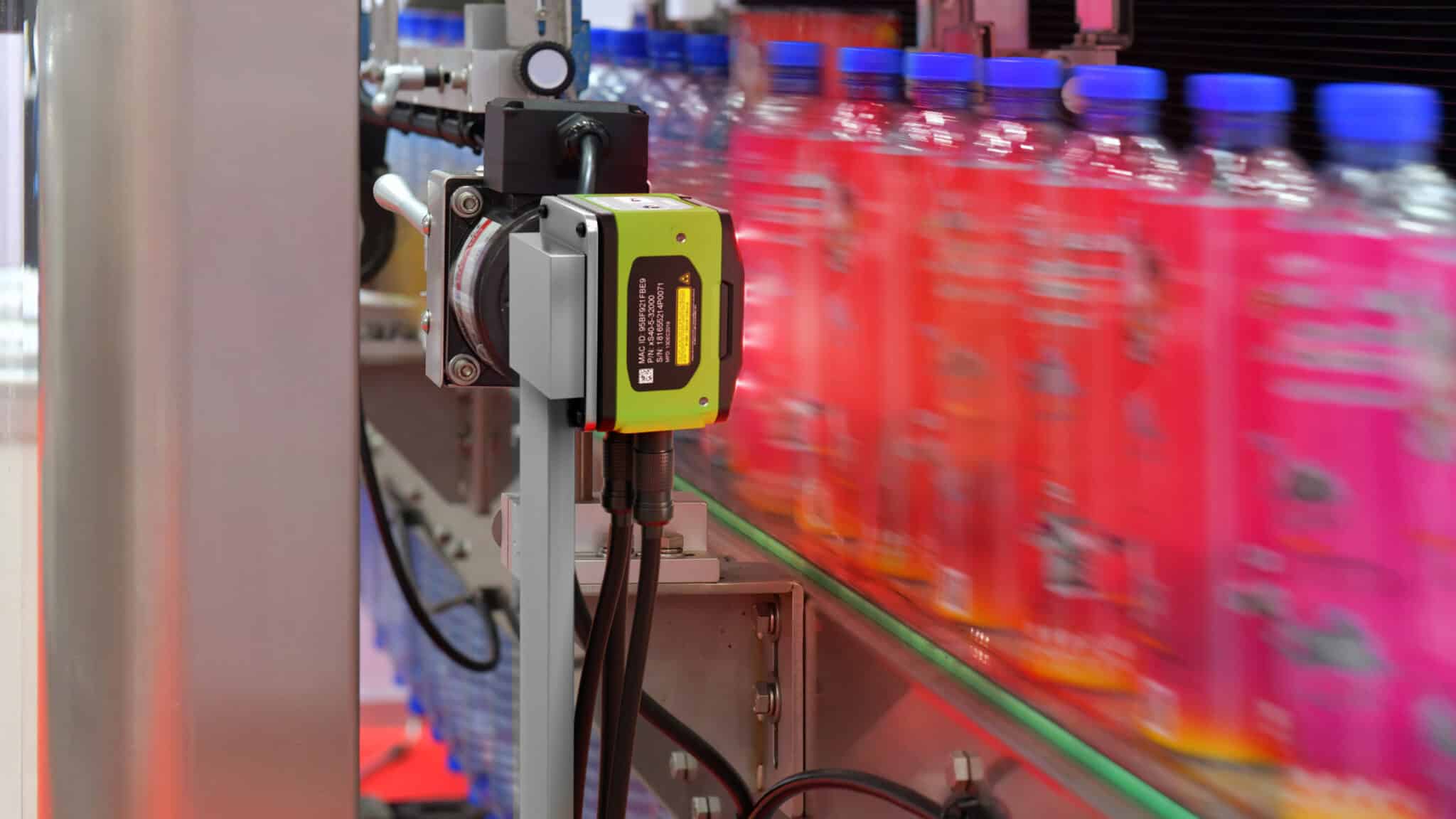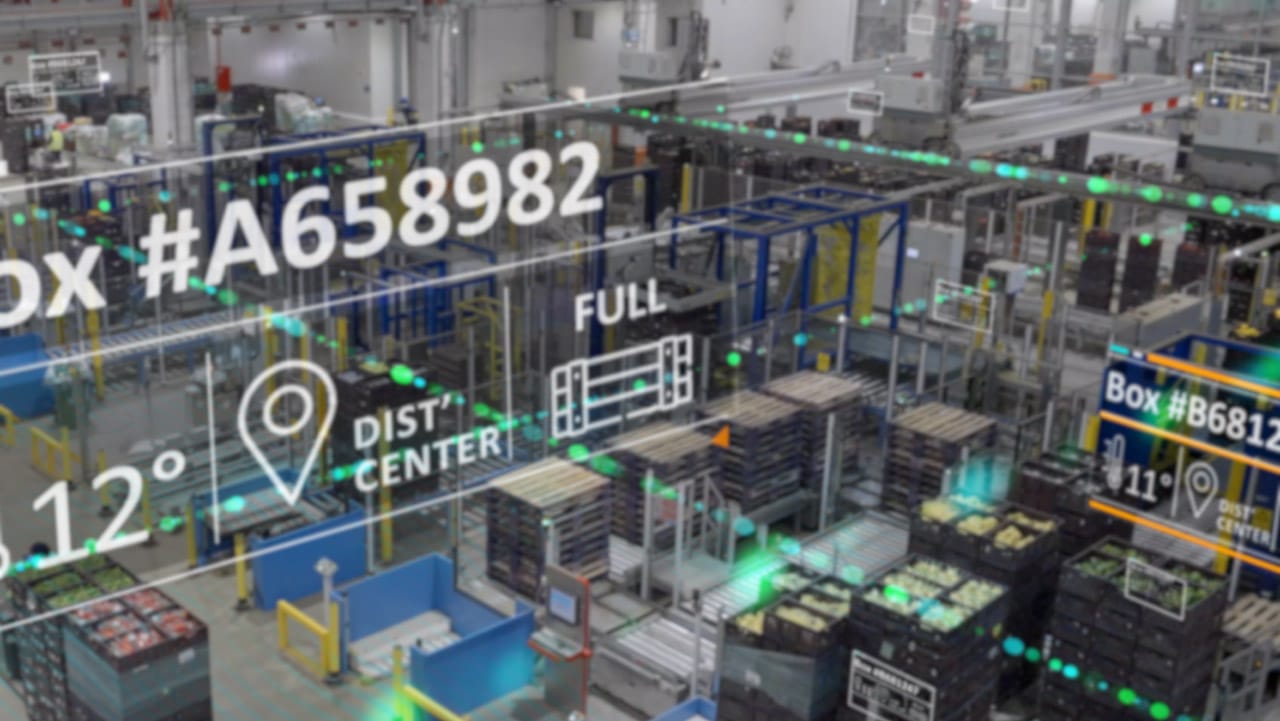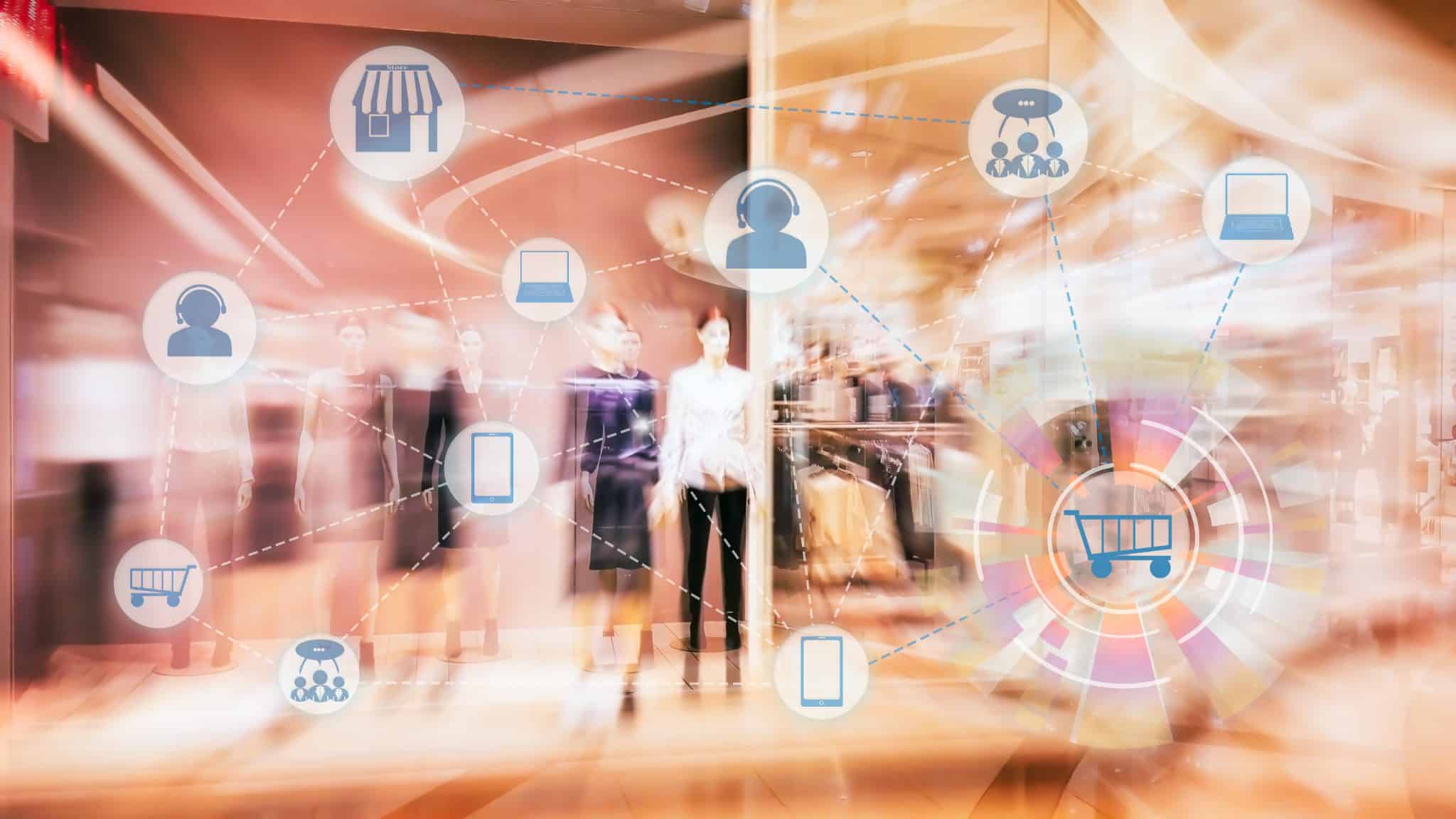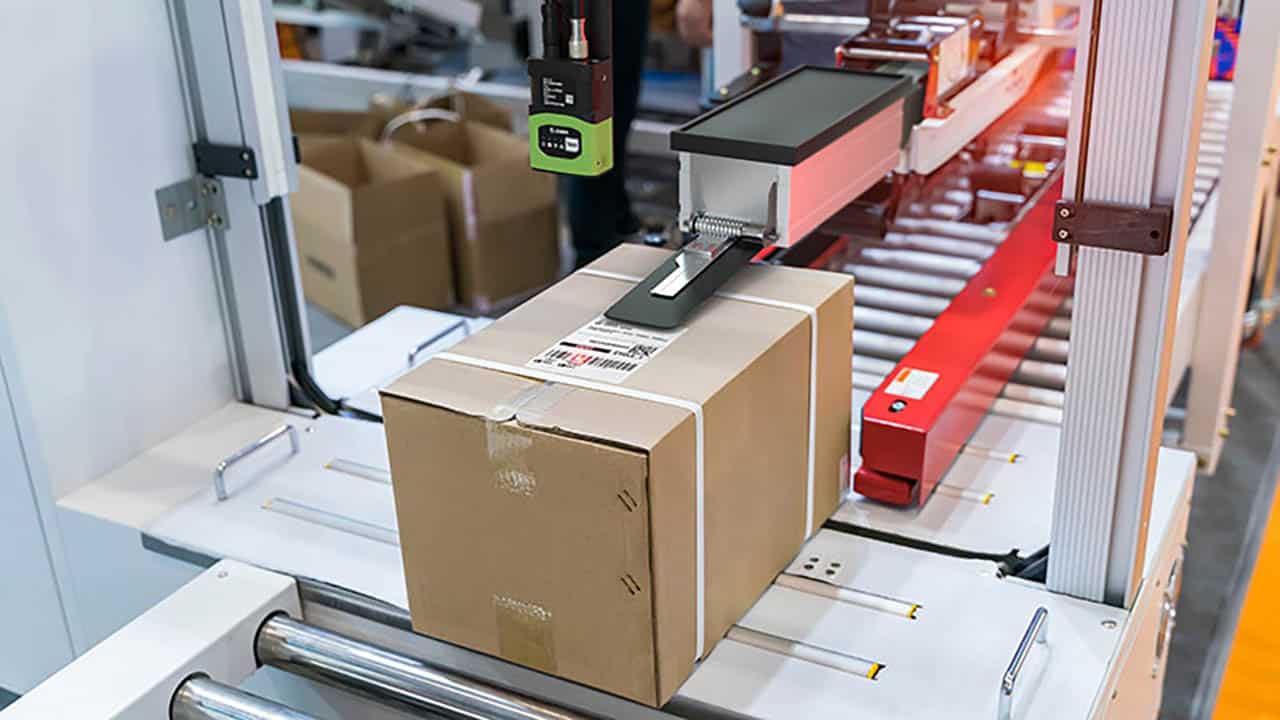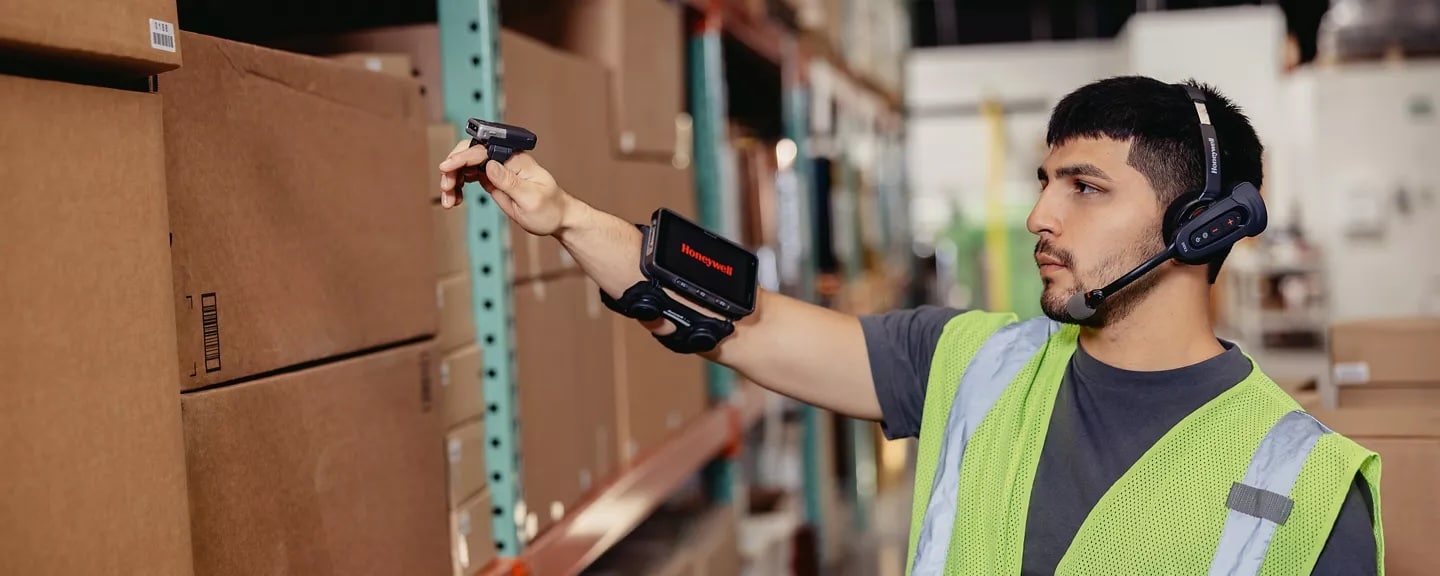Artificial intelligence (AI) has revolutionized applications from detecting financial fraud to diagnosing cancer, but it is also a valuable solution for improving today’s supply chain operations. While supply chain leaders are already using AI technology to dramatically drive efficiency gains and make data-driven decisions, the impact of AI in supply chain analytics and automation is just beginning to be fully understood and appreciated. As of December 2020, only 12% of supply chain managers reported using AI as part of their supply chain management process.
AI systems evaluate incredibly large and unstructured data sets, finding patterns and deviations that allow them to make intelligent, data-based decisions to reach optimal outcomes. This unique ability to create meaning from unrelated, disparate information allows AI systems to match or sometimes exceed human problem-solving ability, and do so at scale.

Using AI-powered technology within the supply chain industry can greatly reduce the amount of costly mistakes made due to manual processes. The Peak Analytics platform offers AI solutions for image recognition, parcel sorting and more to help improve supply chain visibility.
How is AI Affecting Supply Chain Analytics?
Because of the vast amount of data involved in modern supply chain management, and because of the propensity for human error to create critical and pervasive issues, AI’s proficiency at streamlining and automating supply chain management is game-changing.
Here are five use cases where supply chain operations can use AI and supply chain analytics to increase their efficiency, reliability and effectiveness.
1. Automating and improving visual inspection
Logistics organizations have used cameras for many years to store pictures of packages and barcodes in case of a dispute over packages that were damaged or delivered to the wrong recipient. However, machine vision allows cameras to approach a human’s ability to make sense of what those cameras see. By leveraging a method of artificial intelligence called machine learning, cameras can be trained to “look” for the existence of a readable barcode, to make sure a cardboard box isn’t damaged or even to identify that a large round object with an irregular tread pattern is a tire and not a hula-hoop.
AI-based image recognition can be used in combination with other technologies for a variety of valuable applications. It can enhance supply chain processes by enabling robots to spot quality problems with packages that might be missed by less capable systems. Visual inspection is particularly useful for quality control processes by making it possible to do root-cause analysis of problems, thereby freeing up logistics personnel to work on higher-level, less repetitive tasks. AI algorithms can even be used for optimization of parcel sortation routes. Distribution centers can highly benefit from implementing AI technology for this reason.
Organizations using AI technologies can share the findings and insights gained with their vendors to help them comply with the policies and practices required to keep the company’s automated systems running smoothly. This is an increasingly critical requirement given the rising volume and customer satisfaction requirements facing all logistics organizations.
2. Facilitating more accurate inventory management
AI systems can help organizations spend only as much as is necessary on holding and carrying costs. Because they can hold and process so much data accurately and efficiently, AI systems can dramatically reduce inventory-related losses.
For example, an AI data model can be created to process images of address labels. Beyond learning to spot labels with missing information or labels improperly positioned on packages, an AI system can also calculate which warehouse to ship from, how to most efficiently store remaining inventory, and how and when to place new “just in time” orders to replenish stocks.
The Peak Analytics platform uses the captured data to create predictive analytics meant to help make informed decisions around demand forecasting.
3. Improving delivery time and reliability
Distribution organizations that use AI technology to optimize their delivery processes have reported up to 20% efficiency increases. For example, the AI-based ORION fleet management system used by UPS cuts fuel costs by 9 million gallons a year, just by showing drivers how to avoid time-consuming left-hand turns. The company has said that every mile cut from its drivers’ daily rounds thanks to Orion saves $50 million.
AI is a natural match to use in concert with other technologies like GPS and telemetry. This combination reduces delivery time by increasing efficiencies across the entire supply chain, especially from the time a product leaves a warehouse.
AI’s data processing capacity can:
- Facilitate optimal organization of the warehouse for fastest distribution
- Identify the most useful local warehousing facilities to reduce unnecessary shipping wherever possible
- Isolate areas where products can or should be produced more locally to reduce transportation costs
- Optimize delivery routes with real-time GPS and weather data, order configuration and last-mile operations
All of these pieces combine to create a more streamlined delivery process that can get products into the hands of consumers more quickly than ever.
4. Increasing operational efficiency
An added benefit of supply chain AI technology is that the longer the software processes information, the smarter it gets, allowing it to identify areas of fraud, inconsistency, inefficiency, loss and more. Platforms use historical data to recognize patterns and trends, which can lead to added benefits for supply chain analytics including:
- Reducing reliance on manual reporting: AI technology reduces the potential for error and fraud by leveraging its real-time data analysis, facilitating near-instant recognition of fraudulent chargebacks or other suspicious activity on a particular account or within an inventory record.
- Reducing human error in data collection and reporting: Organizations lose an average of $150,000 each year as a result of invoicing and carrier mistakes caused by human error. Automating these workflows with AI eliminates inconsistencies from absentmindedness or human “autopiloting.”
- Improving individual performance by supplementing known problem areas within supply chains: Many warehouses struggle with picking times–the time it takes to retrieve a particular item from its place in the warehouse and take it to shipping. AI can help a warehouse worker identify products that are stored nearest to each other, allowing workers to pick and package items in order of greatest efficiency, reducing both time spent and physical distance covered. When paired with warehouse robotics, AI can also be used to do the picking for workers, reducing time while increasing overall order fulfillment accuracy and safety.
5. Enhancing end-to-end visibility
When coupled with a technology like IoT (Internet of Things), AI can provide unprecedented transparency and confidence in the supply chain. This is invaluable for logistics organizations in an omnichannel world, where ecosystem partners need to know as early as possible via an eC-commerce or mobile app whether the product will be delivered into inventory at a retail location, or delivered directly to a home or business. As soon as a product is logged into such a system, AI can help give manufacturers, marketers, distributors and others full visibility over order fulfillment, inventory management, returns and other metrics.
This level of detail can also help prevent product fraud and tampering, as well as ensure that shipping specifications,such as temperature or handling requirements,are consistently met to ensure end products are safe to consume and meet any necessary regulations or specifications.
With AI’s added visibility into every step of the supply chain, managers have more actionable and accurate data to make crucial inventory decisions. In some cases, AI technology can even make those decisions automatically so managers don’t have to think about it.
While it’s hard to know exactly what the future holds for supply chain analytics, it’s safe to assume AI will have an increasing role in all components of supply chain management, leading to increased efficiency and improved performance across all touchpoints.
Reach out to Peak Technologies to learn more about the benefits of AI in the supply chain and how our solutions can help your business.





























